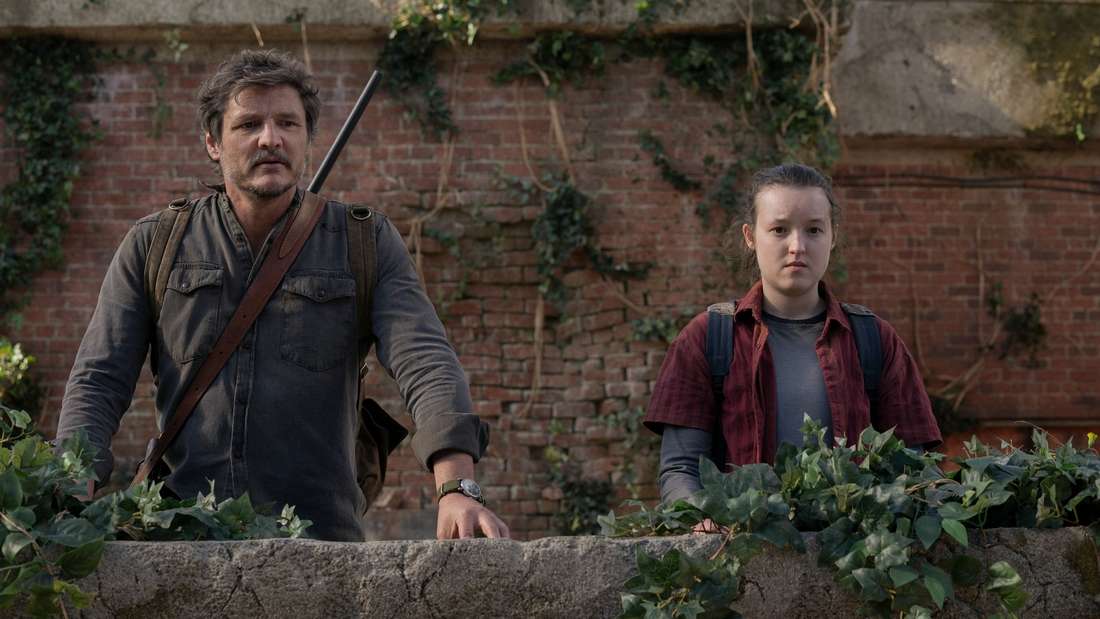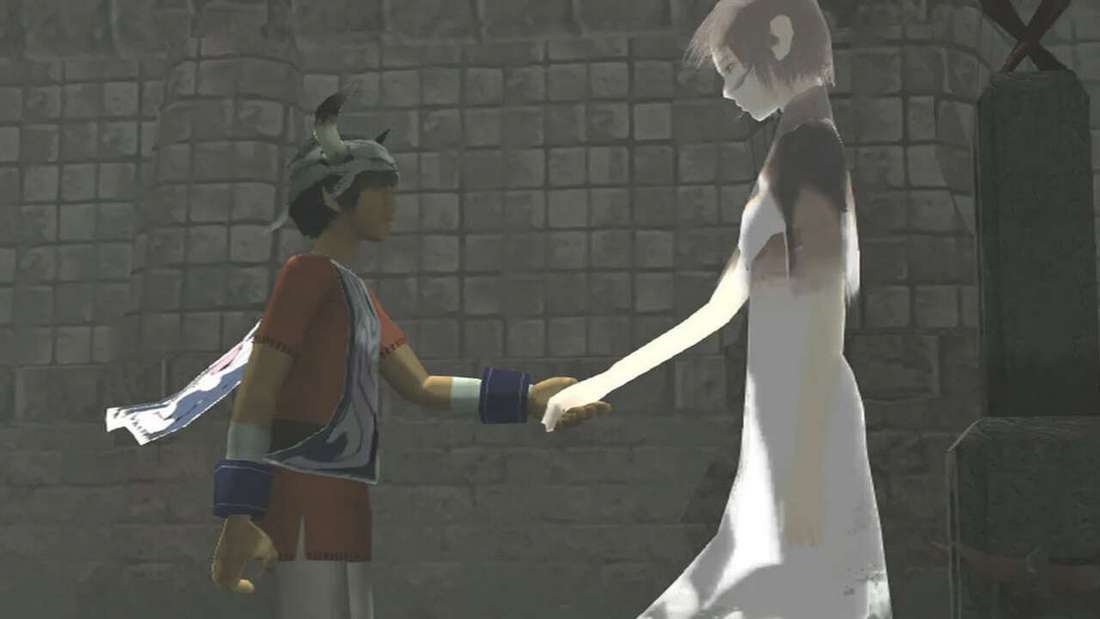Beyond the Cordyceps: ‘The Last of Us’ Director Reveals His Favorite, Most Emotional Gaming Moment
Popular Now
 DEVELOPER INSIGHTS: In a revelation that sheds light on the creative philosophy behind one of the most acclaimed franchises in AAA gaming, Naughty Dog Co-President and celebrated director of The Last of Us games and HBO series, Neil Druckmann, has shared his all-time favorite moment in video game history—and it’s not from his own work.
DEVELOPER INSIGHTS: In a revelation that sheds light on the creative philosophy behind one of the most acclaimed franchises in AAA gaming, Naughty Dog Co-President and celebrated director of The Last of Us games and HBO series, Neil Druckmann, has shared his all-time favorite moment in video game history—and it’s not from his own work.
Druckmann publicly cited a simple, yet profoundly moving, interaction from the 2001 PlayStation 2 classic, <i>Ico</i>, as the moment that stands above all others.
 The Power of a Simple Gesture
The Power of a Simple Gesture
The iconic scene Druckmann referred to is the moment in <i>Ico</i> when the horned boy, Ico, calls out and reaches his hand out to the mysterious girl, Yorda, with the line, “C’mon, kiddo, gimme your hand.”
For those unfamiliar with the cult-favorite puzzle-platformer, the entire core gameplay loop of <i>Ico</i> revolves around protecting and guiding Yorda as you both escape a massive, decaying castle. This is achieved quite literally by holding her hand. The simple, repetitive act of physically connecting to Yorda—and occasionally having to wait for her to respond—builds an intimate, tangible bond between the player and the non-playable character (NPC).
Druckmann’s choice emphasizes that, for him, the most powerful moments in interactive storytelling are rooted in simple human connection and emotion, rather than spectacle or complex narrative twists. The act of hand-holding is the mechanic that communicates the entire story and theme of dependency, trust, and companionship.
 The ‘Ico’ Influence on ‘The Last of Us’
The ‘Ico’ Influence on ‘The Last of Us’
This preference is particularly illuminating, as it confirms a long-discussed influence on the creation of The Last of Us. Druckmann and his team have previously noted that the dynamic between Joel and Ellie—a hardened protector and a vulnerable, yet crucial, young companion—was directly inspired by the core gameplay and emotional resonance of <i>Ico</i>.
The physical act of cooperation, such as boosting Ellie over obstacles, using a plank to bridge a gap, or her waiting for Joel after climbing a ladder, mirrors the hand-holding mechanic from <i>Ico</i>. These small, repeated actions throughout the game subtly solidify the father-daughter relationship between the two main characters, making the final, devastating choices in the narrative all the more impactful.
The sentiment highlights Druckmann’s focus on character-driven narratives and emotional grounding, even amidst the backdrop of post-apocalyptic survival horror. It’s a key reason why moments like the Giraffe Scene—a quiet, beautiful moment of peace and connection amid the chaos—have become so beloved by fans and are frequently cited as the emotional high point of the franchise.
Druckmann’s selection is a significant comment on what defines a truly great video game experience and offers a rare peek into the creative inspirations that shaped one of the last decade’s most successful and culturally resonant properties in the entertainment industry.
HIGH-VALUE KEYWORDS USED: AAA gaming, Neil Druckmann, Ico, The Last of Us, puzzle-platformer, interactive storytelling, character-driven narratives, post-apocalyptic survival horror, video game experience, entertainment industry.